What Are Satellites Used For? 7 Common Uses
Last Updated on
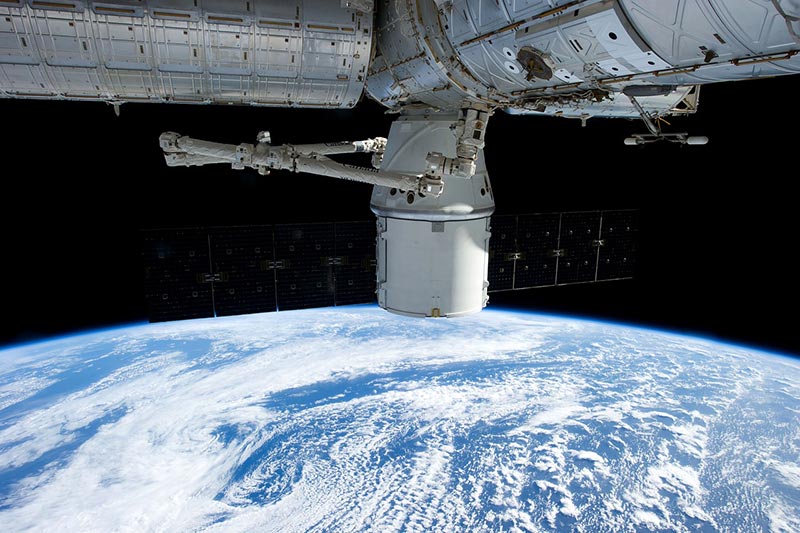
In 1957, Americans were stunned when they heard that the Soviet Union just launched the very first artificial satellite into space. They named it “Sputnik 1” and it opened the door to new opportunities in the space age.
Later in that same year, the United States also tried to launch one but failed miserably. We went back to the drawing board, made a few adjustments, and successfully completed a launch in 1958.
Since then, more than 40 countries have managed to launch about 8,900 different satellites into our geosynchronous orbit. Why are all those nations so invested in these gadgets? Well, that’s what we’re here to talk about today. So read on if you’d like to learn more.

The 7 Uses For Satellites
1. Studying Space
Back in the day, we used to study celestial bodies from the earth’s surface, using a telescope. And even though it provided an overall great overview of what’s out there, we still felt like there was more to be explored.
Our insatiable hunger for more knowledge compelled us to develop more advanced telescopes, but the challenges kept piling up. Thanks to the satellites, we can now fully operate remotely. In addition, there’s more than enough data to predict the movements of different celestial bodies and their origins.
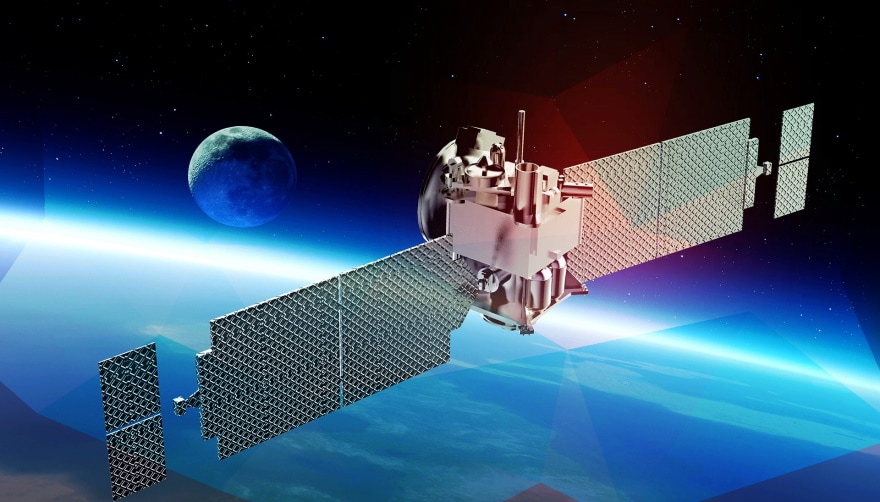
2. Exploring the Ocean
About 95% of the ocean¹—and 99% of its floor—remains unexplored. The reason is that the intense pressure of the deeper regions often creates conditions that are hazardous to humans.
To put everything into context, the pressure being exerted on your body at sea level is approximately 15 pounds per square inch. And the higher you go, the lesser the pressure. If you keep on traveling upwards past the earth’s atmosphere, you’ll experience a pressure of zero pounds per square inch.
At the bottom of the ocean, the pressure increases to about 3,000 to 9,000 pounds per square inch¹. The furthest a submarine can go is 3,000 feet¹, meaning it can only withstand a pressure of about 900 pounds per square inch.
But we know that’s going to change because marine scientists are now taking advantage of our satellites’ abilities to see through the ocean with the hope of detecting what’s below.
3. Detection of Mineral Sources
Minerals are one of the things that determine how wealthy a country is. Even if you decide to go back in history, you’ll learn that societies used gold and jewels to boast of their opulence.
Minerals are also important when it comes to studying our planet’s systems, structure, and composition. It’s only through the examination of these natural resources that we’re able to comprehend the earth’s biology and chemistry.
Our government knows that, and that’s why it has a petrology and mineralogy department that’s operational 24/7, trying to discover new rocks and minerals. But there’s no way they would have been able to collect sufficient data without a satellite.
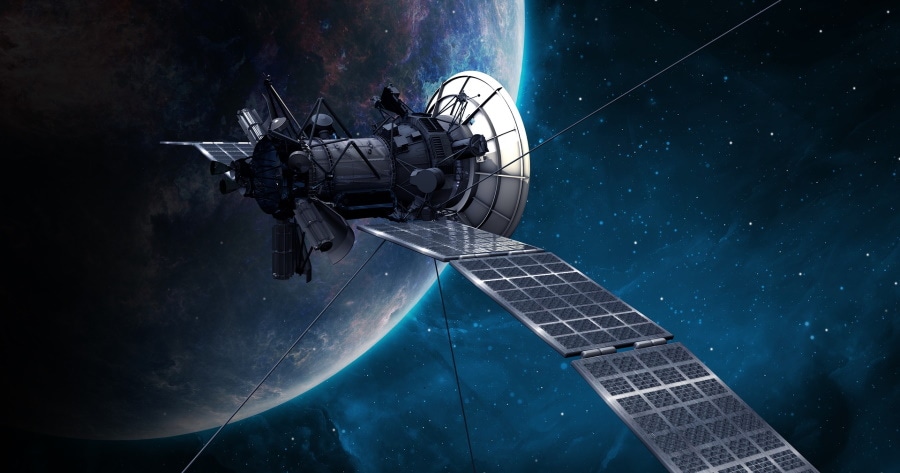
4. Weather Forecasting
Satellites are the most efficient gadgets that can be used to predict changes in weather conditions, as they can detect small changes that could snowball into something serious. They are also so good at revealing hidden features and directing our attention to events that our eyes cannot detect. Courtesy of their services, we now have real-time reliable data, 24 hours a day.
- Changing wind direction
- Cloud cover
- Temperature variations
- Gathering storms
- Imminent tropical cyclones
- Water vapor
5. Monitoring Climate Change
Our best bet to combat climate change is through the application of satellites. They are best equipped to monitor the concentration of various greenhouse gasses in our atmosphere and track the devastating impacts of climate change.
Any time the concentration of greenhouse gasses goes up, the weather patterns start changing. As a result, wildfires become more rampant, some parts of the world are ravaged by the worst droughts, ecosystems geographically shift, lives are lost through floods, and glaciers start melting.
We know all this is true because we’ve processed the raw data acquired by satellites and transformed them into images that are easy for everyone to interpret.
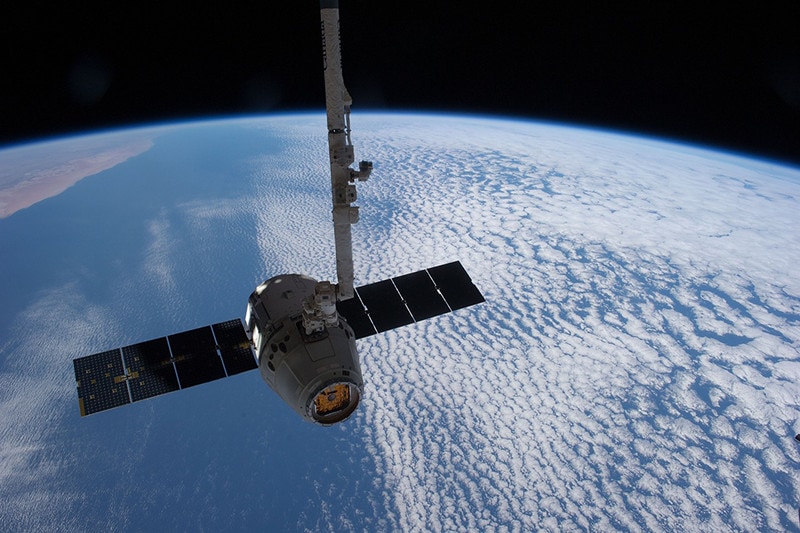
6. Communication
In telecommunications, we usually rely on satellite communication to link various points on earth. And to ensure the world operates like a small village, we’ve launched close to 2,000 satellites that are designed to relay both digital and analog signals.
For satellite communication to operate efficiently you must install two components: the space segment and the ground segment. As you might have guessed, the space segment is basically the satellite itself. But when you look at the ground segment, you’ll find ancillary paraphernalia, reception, and transmission.
The whole concept of transmission and amplification of data is pretty simple. At the beginning of the process, the ground station will send signals to the satellite in space. Once the signals get there, they’ll be amplified and sent back to earth. We will then use our ground stations and terminals to reamplify them, and then repeat the process, until we get the data that we’re looking for.
Long story short, our satellites have made it easier for people from all corners of the world to conference and talk as if they are just in the same room. Consequently, facilitating transactions that have enabled businesses to grow exponentially, among other things.
7. Monitoring Large-Scale Infrastructure
There’s no way the economy of any country will be able to grow without proper infrastructure. It’s always played a vital role to facilitate the nation’s productivity. That means tampering with or sabotaging any mega infrastructure could easily cripple many operations and send the country to the dark ages. Satellites were initially developed for military purposes, for that exact reason.
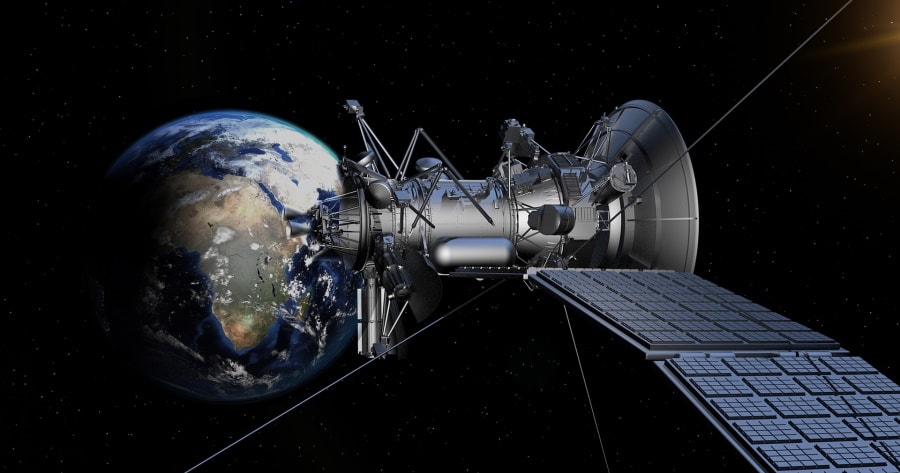

Frequently Asked Questions (FAQs)
What Would Happen If All the Satellites Broke Down?
If we ever wake up one day to find no satellite functioning, everything would shut down in a matter of hours. There will be no planes flying, traffic will be a menace, communication will be a problem, financial markets will crumble, and governments will be compelled to declare a state of emergency.
What’s the Lifespan of a Satellite?
Before we even get into the lifespan, you should know we normally have 30 to 40 launches per year. However, most of them are not government sanctioned. They are produced by commercial companies who are looking after their own interest. And because they always want to register a high Return on Investment (ROI), they always make sure their satellite iterations are built using the latest hardware and software.
The satellites that were produced in the 90s could only clock an average of 12 years. But nowadays, we have satellites that can operate for more than 18 years. That being said, the general consensus seems to be 15 years.
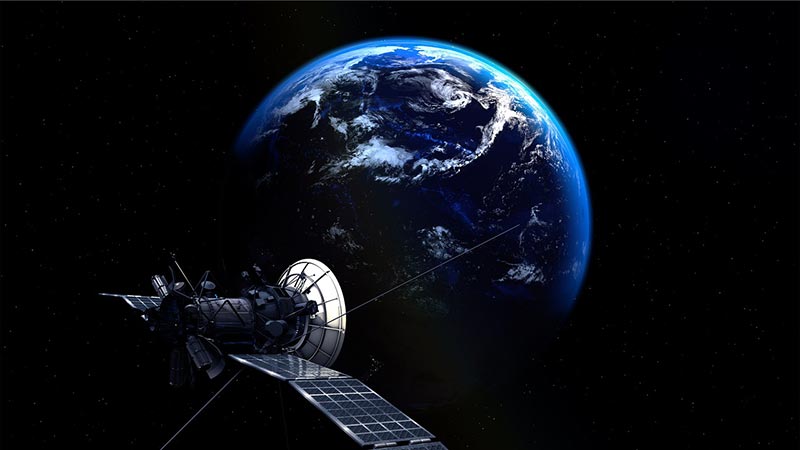
Do Satellites Use Fuels?
Yes, some do. And they can also run out of fuel if their small rocket thrusters aren’t replaced in time. The fuel that they are designed to use is hydrazine-based. It’s the current standard propellant, and highly toxic.
We’ve heard of instances where the satellites launched inadvertently ran out of fuel and there was no way to get them back home. So, they just turned into costly pieces of junk in space.
Do Satellites Give Us Internet?
Not all satellites provide internet services, but those that are designed for commercial purposes do. And they are mainly used in under-served regions that don’t have access to cable options or wired fiber.
Are their internet bandwidths high? Nope. They’ll likely never reach the fiber optic speeds, but they are faster than dial-up. Their speeds fall between 12 Mbps and 140 Mbps.

Final Thoughts
Satellites were originally meant to help us map the earth’s surface. But we soon realized they could be used to do more than just that. Today, they are the cosmic instruments used to forecast weather, safeguard regions, observe environmental changes, carry out space experiments, and used as GPS. They are technically the glue that holds everything in society together.
Featured Image Credit: SpaceX-Imagery, Pixabay
Table of Contents
About the Author Robert Sparks
Robert’s obsession with all things optical started early in life, when his optician father would bring home prototypes for Robert to play with. Nowadays, Robert is dedicated to helping others find the right optics for their needs. His hobbies include astronomy, astrophysics, and model building. Originally from Newark, NJ, he resides in Santa Fe, New Mexico, where the nighttime skies are filled with glittering stars.
Related Articles:
15 Crucial Facts About Ultraviolet Rays & the Sun
What Constellation Is Spica In? The Interesting Answer!
10 Interesting Leo Constellation Facts, Myths, and FAQs
15 Interesting Pegasus Constellation Facts, Myths, and FAQs
6 Interesting Sagittarius Constellation Facts, Myths, and FAQs in 2024!
What Are Constellations? Where Did They Come From?
8 Interesting Libra Constellation Facts, Myths, and FAQs
What Is Infrared Radiation? Science-Based Facts & FAQ
